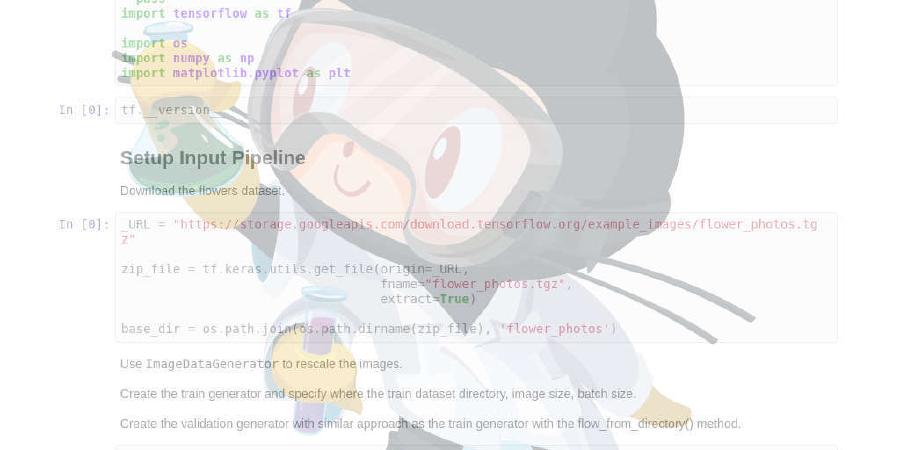smacke/subsync

Automagically synchronize subtitles with video.
| repo name | smacke/subsync |
| repo link | https://github.com/smacke/subsync |
| homepage | |
| language | Python |
| size (curr.) | 2306 kB |
| stars (curr.) | 4224 |
| created | 2019-02-24 |
| license | MIT License |
subsync
Language-agnostic automatic synchronization of subtitles with video, so that subtitles are aligned to the correct starting point within the video.
| Turn this: | Into this: |
|---|---|
 |
 |
Install
First, make sure ffmpeg is installed. On MacOS, this looks like:
brew install ffmpeg
Next, grab the script. It should work with both Python 2 and Python 3:
pip install git+https://github.com/smacke/subsync@stable
If you want to live dangerously, you can grab the latest version as follows:
pip install git+https://github.com/smacke/subsync@latest
Usage
subsync video.mp4 -i unsynchronized.srt > synchronized.srt
or
subsync video.mp4 -i unsynchronized.srt -o synchronized.srt
There may be occasions where you have a correctly synchronized srt file in a language you are unfamiliar with, as well as an unsynchronized srt file in your native language. In this case, you can use the correctly synchronized srt file directly as a reference for synchronization, instead of using the video as the reference:
subsync reference.srt -i unsynchronized.srt -o synchronized.srt
subsync uses the file extension to decide whether to perform voice activity
detection on the audio or to directly extract speech from an srt file.
Speed
subsync usually finishes in 20 to 30 seconds, depending on the length of the
video. The most expensive step is actually extraction of raw audio. If you
already have a correctly synchronized “reference” srt file (in which case audio
extraction can be skipped), subsync typically runs in less than a second.
How It Works
The synchronization algorithm operates in 3 steps:
- Discretize video and subtitles by time into 10ms windows.
- For each 10ms window, determine whether that window contains speech. This is trivial to do for subtitles (we just determine whether any subtitle is “on” during each time window); for video, use an off-the-shelf voice activity detector (VAD) like the one built into webrtc.
- Now we have two binary strings: one for the subtitles, and one for the video. Try to align these strings by matching 0’s with 0’s and 1’s with 1’s. We score these alignments as (# video 1’s matched w/ subtitle 1’s) - (# video 1’s matched with subtitle 0’s).
The best-scoring alignment from step 3 determines how to offset the subtitles in time so that they are properly synced with the video. Because the binary strings are fairly long (millions of digits for video longer than an hour), the naive O(n^2) strategy for scoring all alignments is unacceptable. Instead, we use the fact that “scoring all alignments” is a convolution operation and can be implemented with the Fast Fourier Transform (FFT), bringing the complexity down to O(n log n).
Limitations
In most cases, inconsistencies between video and subtitles occur when starting or ending segments present in video are not present in subtitles, or vice versa. This can occur, for example, when a TV episode recap in the subtitles was pruned from video. Subsync typically works well in these cases, and in my experience this covers >95% of use cases. Handling breaks and splits outside of the beginning and ending segments is left to future work (see below).
VLC Integration
To demonstrate how one might use subsync seamlessly with real video software,
we developed a prototype integration into the popular
VLC media player, which was demoed
during the HackIllinois 2019 project expo. The resulting patch can be found in
the file
subsync-vlc.patch.
Here are instructions for how to use it.
- First clone the 3.0 maintenance branch of VLC and checkout 3.0.6:
git clone git://git.videolan.org/vlc/vlc-3.0.git
cd vlc-3.0
git checkout 3.0.6
- Next, apply the patch:
wget https://github.com/smacke/subsync/raw/master/subsync-vlc.patch
git apply subsync-vlc.patch
- Follow the normal instructions on the VideoLAN wiki for building VLC from source. Warning: this is not easy.
You should now be able to autosynchronize subtitles using the hotkey Ctrl+Shift+S
(only enabled while subtitles are present).
Future Work
-
I am currently working to extend the synchronization algorithm to handle splits / breaks in the middle of video not present in subtitles (or vice versa). It will take some time before I have a robust solution (assuming one is possible). See #10 for more details.
-
The prototype VLC patch is very experimental – it was developed under pressure and just barely works. I would love to see this project more robustly integrated with VLC, either directly in the VLC core, or as a plugin. If you or anyone you know has ideas for how to accomplish this, please let me know!
History
The implementation for this project was started during HackIllinois 2019, for which it received an Honorable Mention (ranked in the top 5 projects, excluding projects that won company-specific prizes).
Credits
This project would not be possible without the following libraries:
- ffmpeg and the ffmpeg-python wrapper, for extracting raw audio from video
- VAD from webrtc and the py-webrtcvad wrapper, for speech detection
- srt for operating on SRT files
- numpy and, indirectly, FFTPACK, which powers the FFT-based algorithm for fast scoring of alignments between subtitles (or subtitles and video)
- sklearn for its data pipeline API
- Other excellent Python libraries like argparse and tqdm, not related to the core functionality, but which enable much better experiences for developers and users.
License
Code in this project is MIT licensed.







